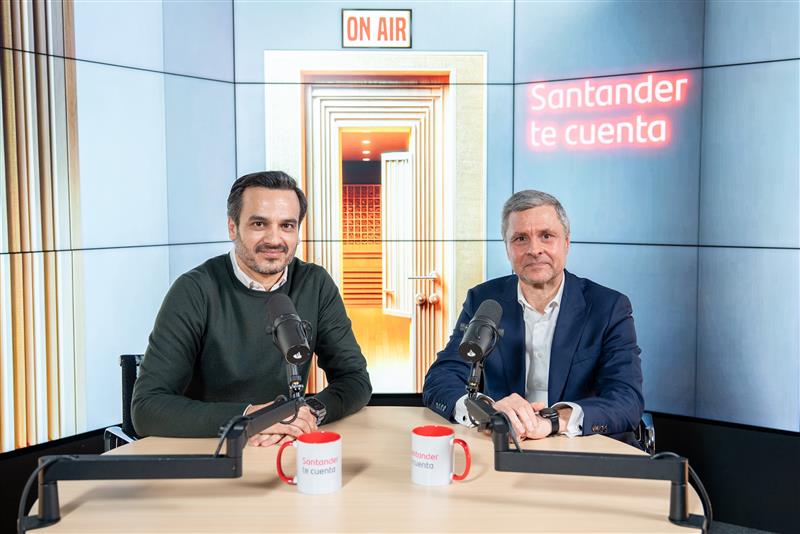Although at different speeds, the main monetary areas around the world are now facing a gradual process of rate normalization and reduction in the price of money. We analyse the macroeconomic context and how Santander is facing this new period.
Juan Cerruti. Global Chief Economist at Grupo Santander
The process will not be linear globally, there will be moments of pause in the cuts including the need to temporarily raise them in some countries to ensure the decline in inflation.
Despite the expected macroeconomic volatility, Santander has expressed confidence to the market that it will continue to increase profitability in 2025.

Our track record shows that in a challenging market we outperform peers and in 2025 we expect to grow our bottom line and profitability – with revenue stable and costs falling. And we are only scratching the surface of our potential. As we said at our Investor Day, Santander is in a new era of value creation, and we are confident that our scale, diversification and the impact of our transformation will enable us to increase profitability again in 2025. Furthermore, because of our strong capital generation, we now plan to return €10 billion in buybacks from 2025 and 2026 earnings and the anticipated excess capital, in addition to our standard cash dividend distribution.

Interest rate cycles in the 21st century
About three years ago, the world's major central banks began to rapidly increase interest rates to try to control soaring inflation. In record time, rates went from near-zero levels in some regions, such as Europe and the United States, to over 4-5%, significantly increasing the cost of money.
Today, the situation has changed. Central banks’ decisive actions successfully reduced inflation and prevented the economy from overheating. The interest rate cycle has shifted to a new scenario in which further rate cuts are expected to avoid an excessive slowdown in the economy that could lead to recession.
Interest rates are a fundamental tool for central banks in the pursuit of price stability. This piece addresses some key questions about monetary policy and the role of banks in transmitting it to the real economy.







